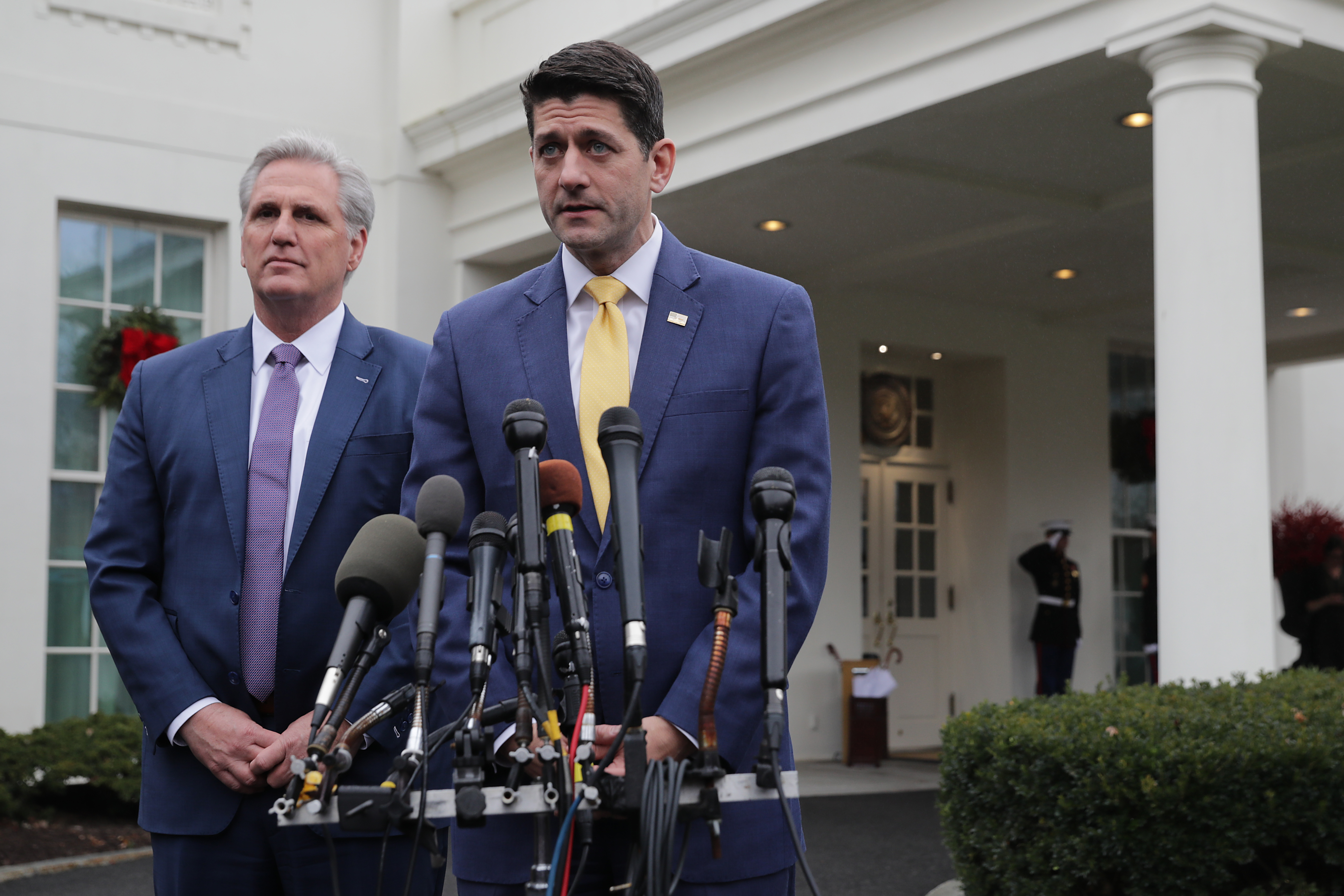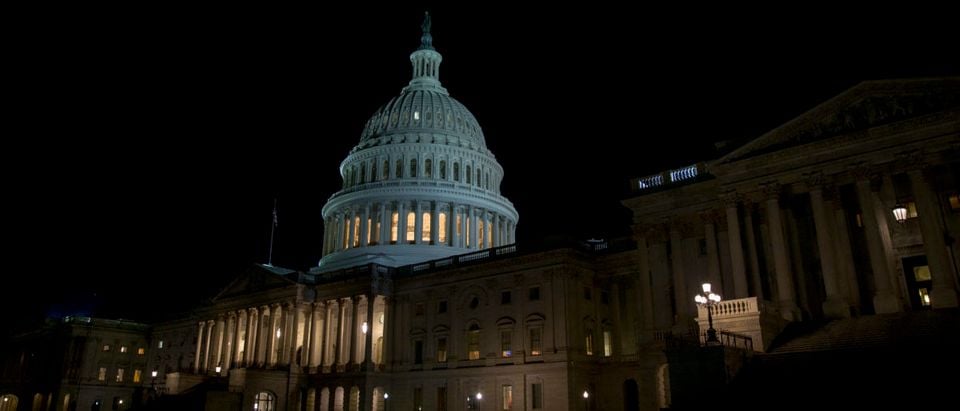The government will shut down if the Senate fails to pass a funding bill by midnight Saturday morning.
Lawmakers are in this position after President Donald Trump told House GOP leadership Thursday that he would not sign the continuing resolution because it did not include funding for his promised border wall.
Later that night, the House passed a bill with only Republicans voting in its favor to keep the government open while providing the $5.7 billion Trump asked for the wall.
The bill is not expected to pass the Senate before the deadline.
The Democrats now own the shutdown!
— Donald J. Trump (@realDonaldTrump) December 21, 2018
In the event this shutdown happens soon, it will be different than previous shutdowns because only portions of funding are expiring.
Lawmakers have already passed full-year appropriation bills for five of the 12 agencies: Defense, Energy and Water, Labor-HHS Education, the Legislative Branch and Military Construction-Veterans’ Affairs, according to the Committee for a Responsible Federal Budget.
The seven appropriation bills that are set to expire at this deadline are agriculture, Commerce-Justice-Science, Financial Services, Homeland Security, Interior-Environment, State-Foreign Operations and Transportation-HUD. This funding would account for about 30 percent of all 12 appropriation bills. (RELATED: Is Trump Blowing His Last Chance To Get The Wall?)
Without those appropriation bills getting passed, a number of government agencies will stop working. The departments of Treasury, State, Agriculture, Commerce, Justice, Homeland Security, Interior, Housing and Urban Development, and Transportation will all stop working, according to The New York Times.

WASHINGTON, DC – DECEMBER 20: Speaker of the House Paul Ryan (R-WI) and House Majority Leader Kevin McCarthy (R-CA) talk to journalists after meeting with U.S. President Donald Trump at the White House December 20, 2018 in Washington, DC. (Chip Somodevilla/Getty Images)
Only personnel labeled as “essential” are forced to work through a government shutdown.
More than 420,000 “essential” people would be working without pay. That includes 41,000 federal law enforcement and correctional officers (ATF, FBI, DEA, U.S. Marshals, etc.), 88 percent of Department of Homeland Security employees (TSA, border security, etc.), 5,000 forest service firefighters, and 3,600 Weather Service Forecasters, according to a press release from Vice Chairman Patrick Leahy’s Senate Appropriations Committee staff.
More than 380,000 federal employees that are not deemed essential face a furlough — unpaid time off. During the 2013 government shutdown, federal employees that were furloughed were compensated after the fact for the forced time off. But while that’s been the practice, it is not guaranteed.

Central American migrants, travelling in a caravan, are taken in custody by US border patrol officers after crossing the Mexico-US border fence to San Diego County, as seen from Playas de Tijuana, Baja California state, Mexico on December 13, 2018. (GUILLERMO ARIAS/AFP/Getty Images)
Other programs that will still operate include Social Security, Medicare, and Medicaid, US Postal Service, food stamp programs, and the military, according to Vox.
Prior to previous government shutdowns, Congress has passed emergency legislation to guarantee the troops would be paid in full, but that doesn’t appear to be necessary considering the Department of Defense’s funding is not ending, according to Military.com.
Robert Mueller and the special counsel’s investigation will also continue unimpeded during any potential shutdown.
National parks and federally funded museums, however, could be closed.


